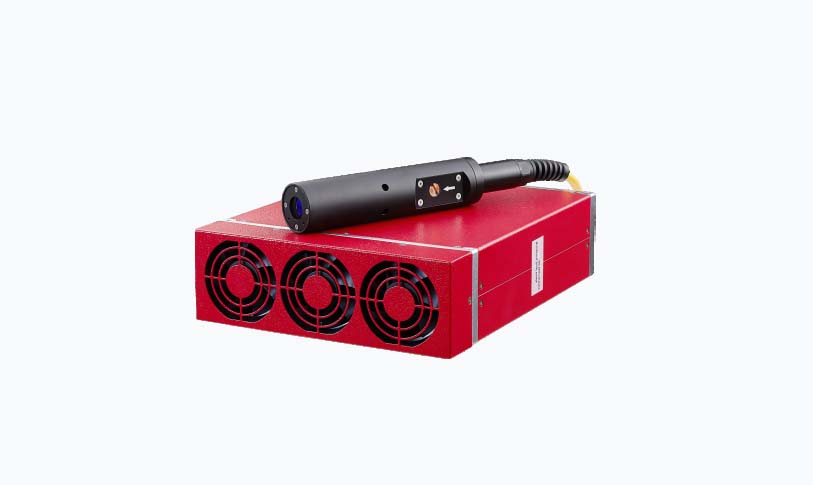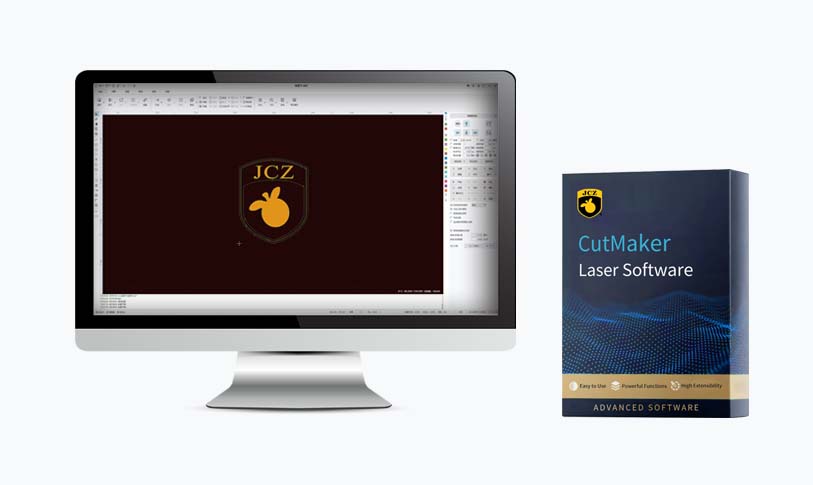[fiber laser system]Exploring the Advantages and Applications of Fiber Laser Systems in Modern Manufacturing and Industrial Processes

Exploring the Advantages and Applications of Fiber Laser Systems in Modern Manufacturing and Industrial Processes
****
In the ever-evolving world of manufacturing, technology continues to make significant strides, introducing innovations that enhance productivity, precision, and efficiency. Among these advances, fiber laser systems stand out due to their unparalleled performance and versatility. These systems have revolutionized how industries approach cutting, welding, marking, and engraving, making fiber lasers an integral component in modern manufacturing.
Fiber laser systems utilize a solid-state laser that amplifies light through a fiber optic cable, making them different from traditional laser systems. The core element, called the laser gain medium, is optimized for converting electrical energy into laser light, resulting in a laser beam with exceptional quality, high efficiency, and improved reliability. The advantages of fiber laser systems extend to various applications across multiple industries, including automotive, aerospace, electronics, and metal fabrication.
One of the most significant advantages of fiber laser systems is their efficiency. The light amplification process occurs within the fiber itself, leading to minimal energy loss compared to older laser technologies. This energy efficiency translates into lower operational costs for manufacturers, making fiber lasers an economically viable option for businesses. Additionally, these systems typically require less maintenance and have a longer operational lifespan, further reducing costs and downtime associated with machinery upkeep.
Precision is another hallmark of fiber laser systems. The tight focus of the laser beam allows for intricate cutting and engraving with minimal heat-affected zones, ensuring the integrity of the material being processed. This characteristic is particularly beneficial in industries where precision is paramount, such as medical device manufacturing and aerospace applications. The ability to achieve such high levels of detail not only enhances product quality but also enables the production of complex designs that were previously difficult or impossible to achieve with traditional methods.

Exploring the Advantages and Applications of Fiber Laser Systems in Modern Manufacturing and Industrial Processes
Aside from cutting, fiber laser systems are also being extensively used in welding applications. Their high energy density allows for deep penetration welds, providing strong, durable joints between metals. With advancements in fiber laser technology, manufacturers can now perform welding tasks at impressive speeds, significantly increasing production rates without sacrificing quality. This capability has made fiber laser welding a preferred option in sectors where efficiency and reliability are critical, such as automotive assembly lines.
In addition to cutting and welding, fiber laser systems have found significant applications in marking and engraving. Industries that require permanent and precise markings on products often turn to fiber lasers for their ability to engrave intricate designs, logos, and serial numbers onto various materials, including metals, plastics, and ceramics. The results are high-contrast, durable markings that withstand harsh environments, adding value to products while also aiding in traceability and compliance with industry standards.
Furthermore, the versatility of fiber laser systems cannot be overstated. These systems can easily adapt to various materials and thicknesses, making them suitable for a wide range of applications. Whether a manufacturer is working with thin sheets of metal or thick plates, fiber laser systems can be calibrated to meet specific requirements. This adaptability not only streamlines production processes but also opens up opportunities for businesses to expand their service offerings.
As industries continue to gravitate towards automation and smart manufacturing, fiber laser technology is likely to play an even more significant role. The integration of fiber lasers with automation technologies, such as robotic arms and computer numerical control (CNC) systems, indicates a promising future for manufacturing processes. Such integrations will enhance precision and efficiency while significantly reducing the possibility of human error, leading to higher quality end products.

Exploring the Advantages and Applications of Fiber Laser Systems in Modern Manufacturing and Industrial Processes
In summary, fiber laser systems represent a pivotal advancement in manufacturing and industrial processes. With their unparalleled efficiency, precision, versatility, and the ability to perform multiple functions—cutting, welding, marking, and engraving—they have become a preferred choice for industries worldwide. As technology continues to evolve, the potential applications and benefits of fiber laser systems are expected to expand, solidifying their position as a cornerstone of modern manufacturing practices. Manufacturers looking to enhance their processes should consider investing in fiber laser technology to stay competitive in an increasingly challenging landscape.design software for laser cutting
